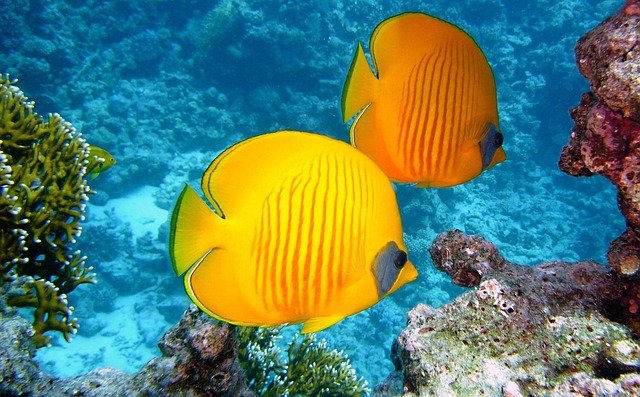The beauty of coral reefs is unparalleled. These vibrant ecosystems, often referred to as the rainforests of the sea,” not only serve as a home to a diverse range of marine life but also play a critical role in maintaining the health of our oceans. However, the delicate balance of these underwater habitats is increasingly threatened by climate change.
As global temperatures rise, the effects of climate change on coral reefs become more pronounced. One of the most alarming impacts is coral bleaching, a phenomenon caused by increased water temperatures. When stressed by heat, corals expel the symbiotic algae living within their tissues, which provide them with color and essential nutrients. Without these algae, corals turn white and become more vulnerable to disease and death. This not only devastates the corals themselves but also disrupts the countless marine species that depend on them for shelter and sustenance.
The changing climate also leads to ocean acidification, which occurs as the oceans absorb more carbon dioxide. This increased acidity can hinder coral growth, making it difficult for them to build their skeletons and thrive. Over time, this erosion of coral structures threatens entire ecosystems that rely on coral reefs for survival.
But the impact of climate change extends beyond the underwater landscape. Coastal communities around the world depend on healthy coral reefs for protection against storms, erosion, and as a source of income through tourism and fishing. As these reefs degrade, the livelihoods of millions are at risk. The vibrant underwater world that once flourished can turn into a barren landscape, leaving behind a sobering reminder of the environmental cost of neglect.
Despite these challenges, there is still hope. Awareness and action are crucial for the preservation of coral reefs. Initiatives aimed at reducing carbon emissions, protecting marine habitats, and engaging in sustainable tourism can help mitigate the impacts of climate change. Investing in restoration projects, such as coral nurseries and artificial reefs, can aid in reviving damaged ecosystems.
The call for action is clear: we must stand together to preserve these magnificent underwater gardens, not just for their inherent beauty but for the ecological and economic stability they provide. As stewards of the planet, it is our responsibility to ensure that future generations can experience the wonder of coral reefs in all their vibrant glory.




